On the afternoon of April 15, the National Assembly Standing Committee's Supervisory Delegation worked with the Hanoi People's Committee on the supervision topic "Implementation of policies and laws on ensuring traffic order and safety from 2009 to the end of 2023".
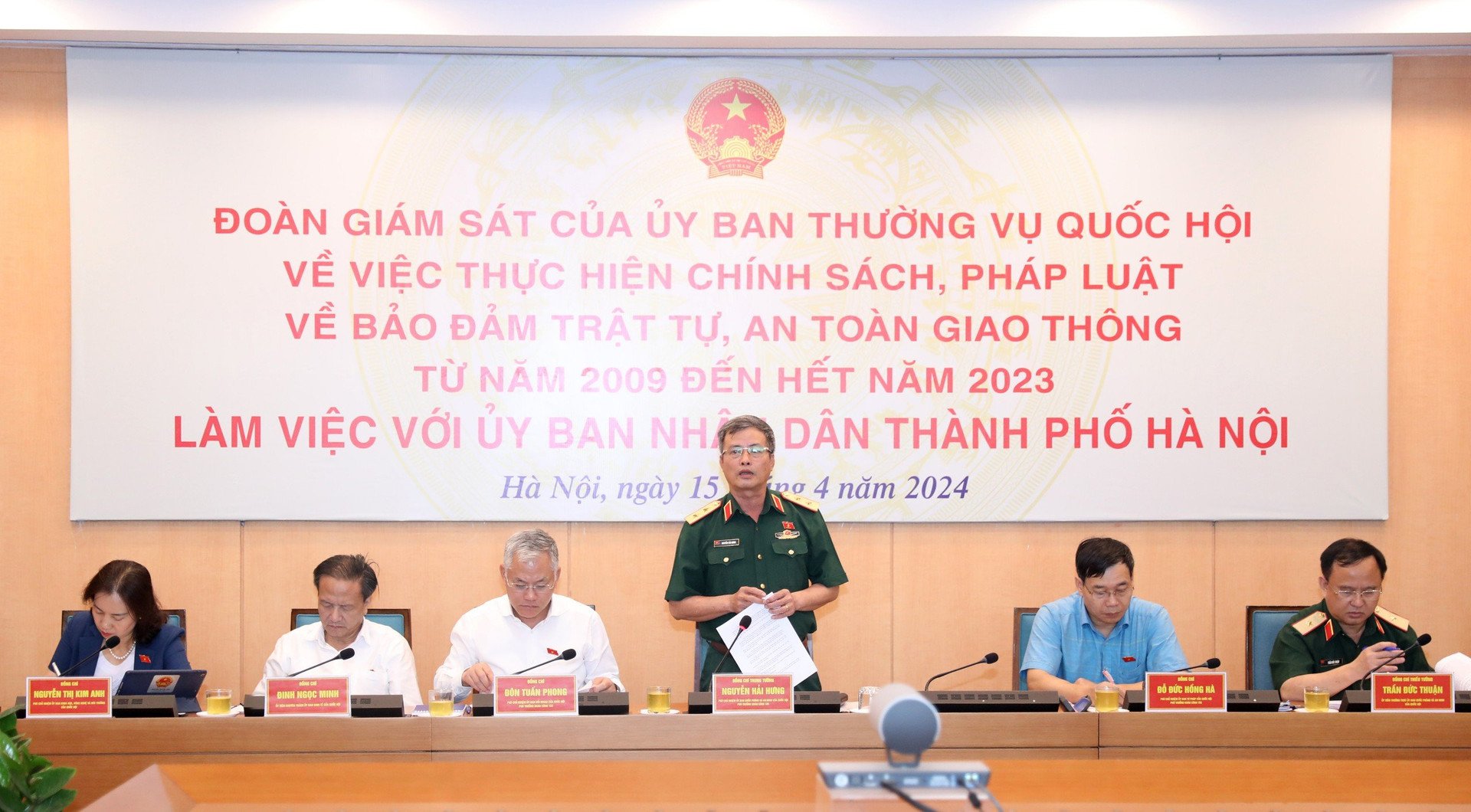
Deputy Chairman of the National Assembly 's Committee on National Defense and Security Nguyen Hai Hung chaired the meeting.
Hanoi still has 33 traffic congestion "black spots"
Reporting at the meeting, Director of Hanoi Department of Transport Nguyen Phi Thuong said that the City People's Committee has directed the department and related units to strengthen the management of road transport activities to ensure traffic order and safety, reduce congestion; and better serve the travel needs of people and events taking place in the area.
For fixed-route passenger transport, the city currently has 6 bus stations. In addition, the public bus transport network includes 156 routes reaching 30/30 districts, towns, and cities, connecting 6 neighboring provinces and cities.
By 2023, the number of traffic congestion points in the capital will decrease to 33; there are 5 "black spots" of accidents that are currently being focused on being handled in 2024.
The Department of Transport also reviewed 234 locations with high traffic density, requiring forces to guide and direct traffic; 154 locations in school areas to implement solutions to ensure traffic safety; 193 locations with potential traffic safety risks to handle and overcome.
Urban railways are the "backbone" of transportation.
Discussing at the working session, members of the monitoring delegation assessed that Hanoi has promoted the development of transport infrastructure, implemented planning and invested in developing transport infrastructure; developed public passenger transport, intelligent transport systems...
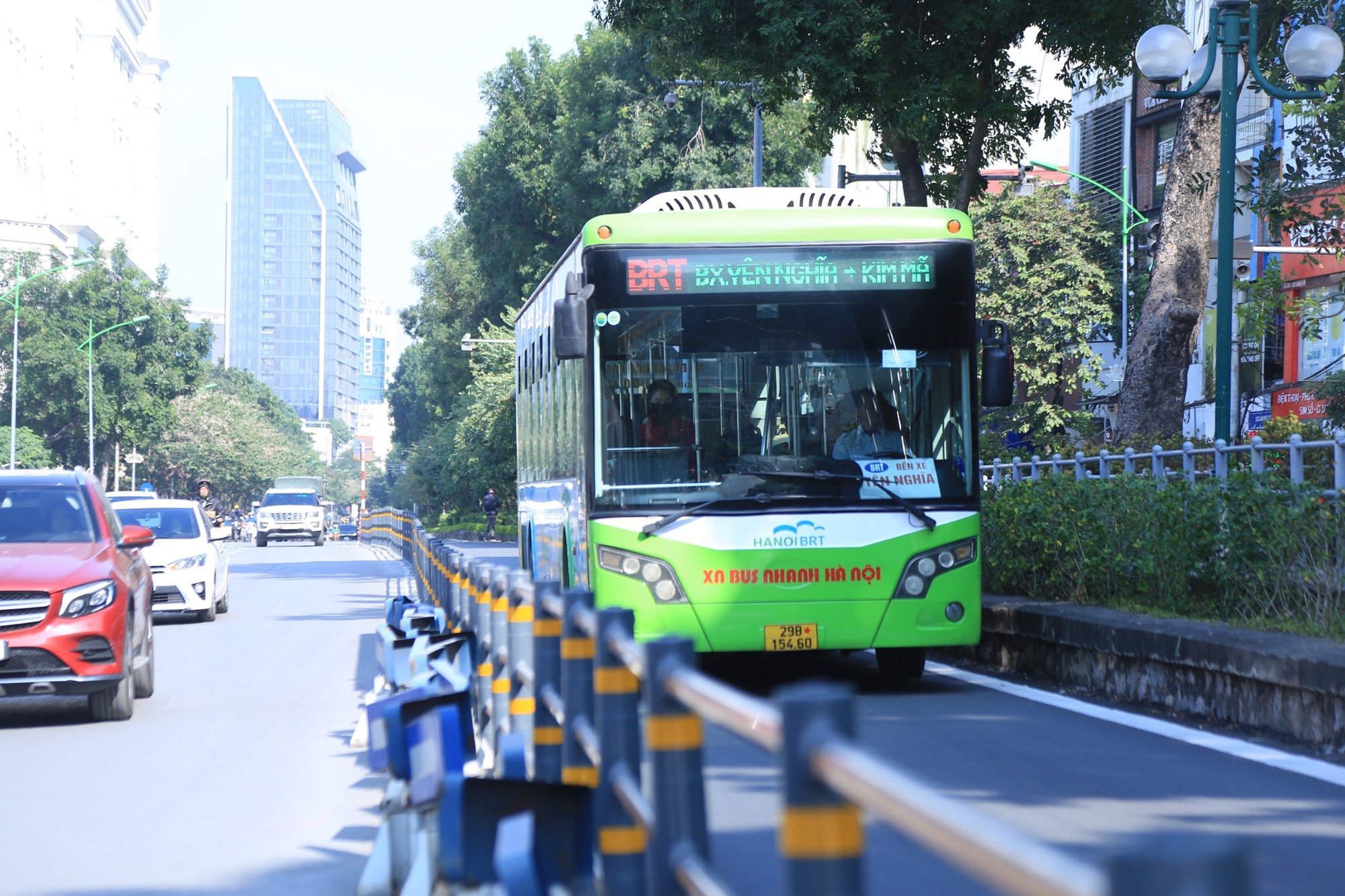
Hanoi will replace the existing BRT line with an urban railway line.
However, Deputy Chairman of the National Assembly's Foreign Affairs Committee Don Tuan Phong said that the pressure on traffic in the capital is very large with a large number of vehicles, making traffic during rush hour very difficult; traffic infrastructure and land fund for traffic are still limited; the construction of key traffic works and projects is still prolonged.
Standing member of the National Assembly's Defense and Security Committee Trinh Xuan An raised the issue of whether the city will implement the planning of the remaining 8 BRT routes when there are many conflicting opinions. If implemented, what lessons should be learned when BRT infrastructure affects traffic?
Answering this question, Vice Chairman of Hanoi People's Committee Duong Duc Tuan said that Hanoi has studied and adjusted the integrated transport planning in the technical infrastructure planning of the Capital Master Plan, in sync with the capital planning; including adding 24 traffic routes connecting provinces and cities in the Capital Region.
Regarding urban railways, Mr. Tuan said that the city will plan to develop 14 urban railway lines with a total length of 550 km.
"This urban railway system will be the "backbone" of urban transport," said Mr. Tuan, adding that with the BRT route, according to the adjustment of the capital's General Planning, the city will replace the existing BRT route with an urban railway route.
In the coming time, the city will focus its resources on completing 7 ring road projects, radial roads, and regional connections. At the same time, the city will also switch to green and clean vehicles; increasing the rate of public passenger transport by 2025 - 2026 to about 30%.
The project is implemented with a loan from the World Bank with the aim of improving traffic congestion and pollution; creating a foundation for developing public transport infrastructure; and encouraging people to switch from private vehicles to public transport.
However, according to experts, despite the expensive investment, after many years of operation, the BRT bus route has not met expectations in all three criteria mentioned above. Some even say that this bus route is causing inconvenience and wasting traffic infrastructure when the buses can carry few people but take up a lot of road space.
Source link






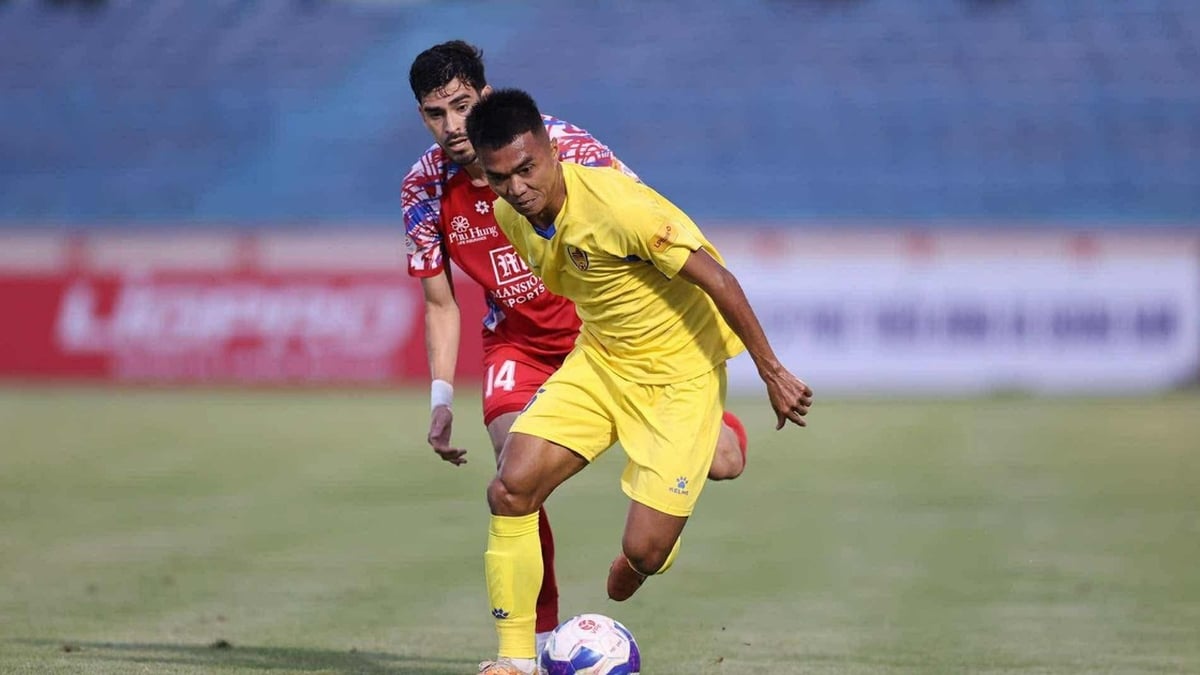

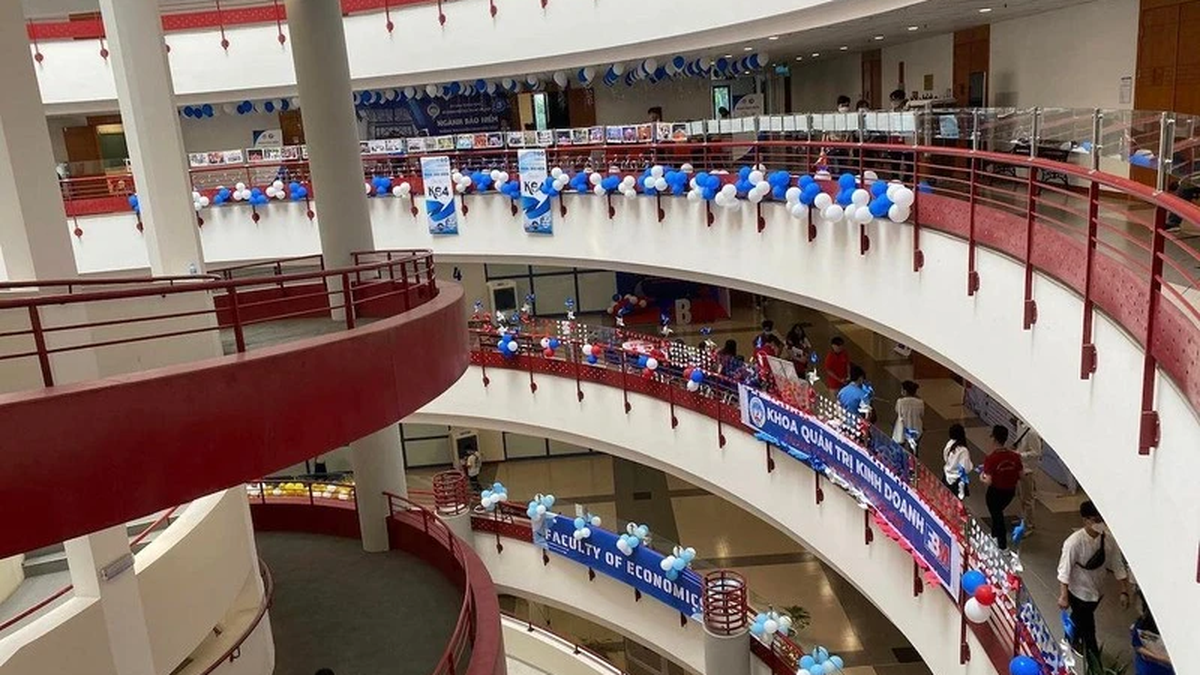
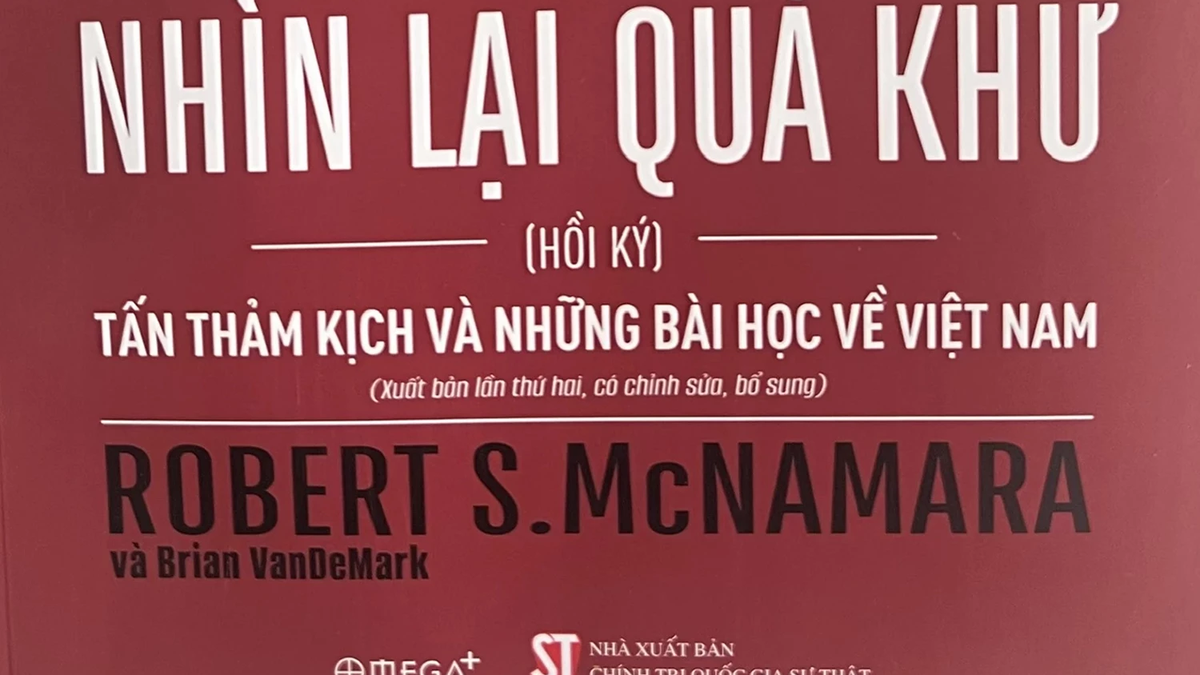

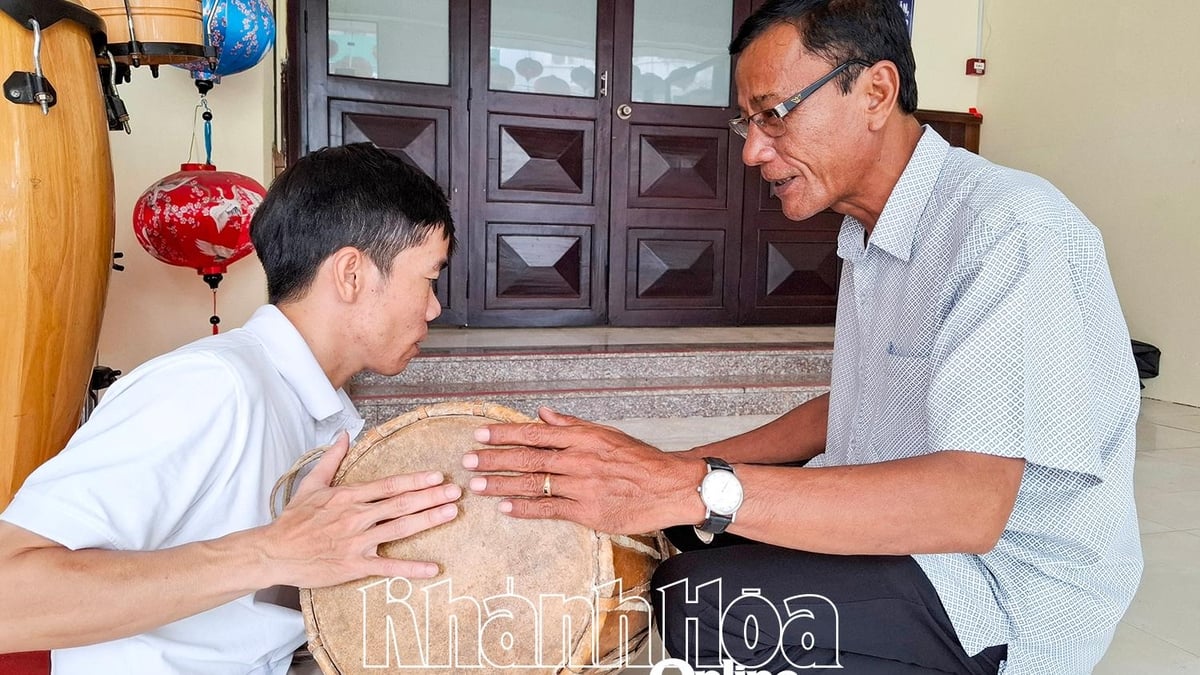




















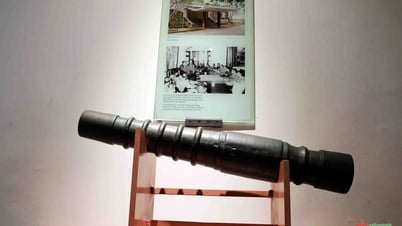



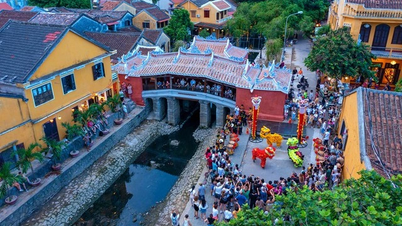
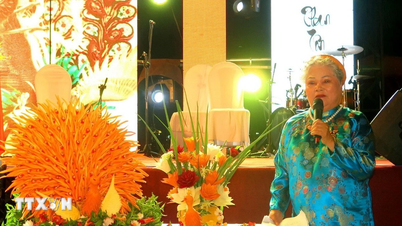





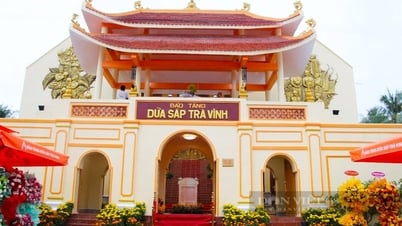















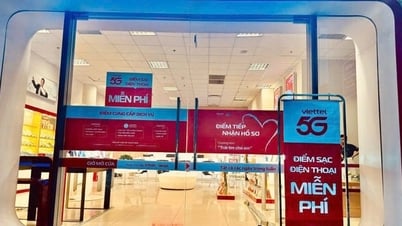

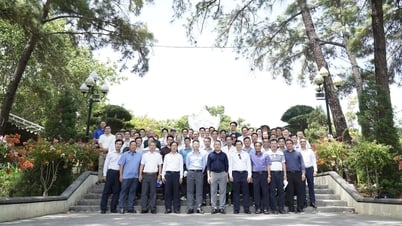

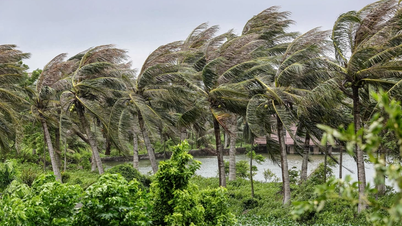

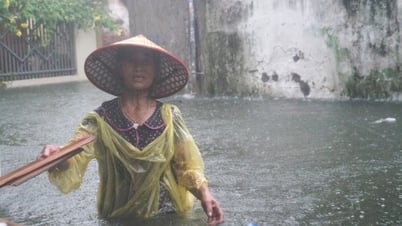
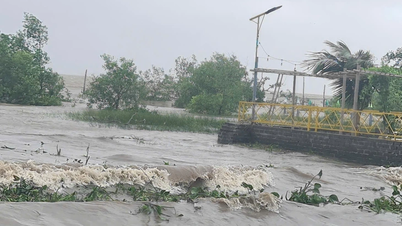



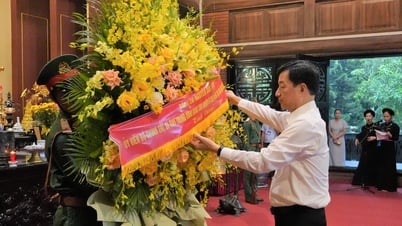

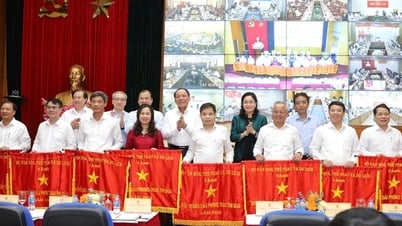


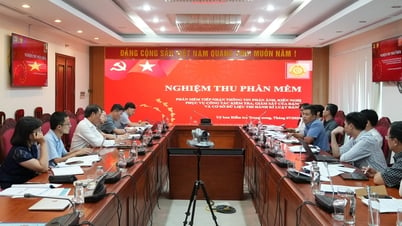


























Comment (0)